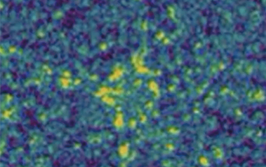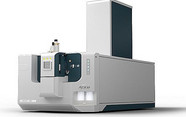Determination of the Molar Mass Distribution of Phenol-Formaldehyde Resins Using GPC

contributed by Tosoh |
Introduction
Phenol formaldehyde resins (PFRs) are condensation polymers and are obtained by condensing phenol with formaldehyde in the presence of an acidic or alkaline catalyst. The class of PFRs having a low degree of polymerization are soft and those having a high degree of polymerization are hard, rigid, infusible and resistant to scratches. The soft PFRs possess excellent adhesive properties which makes them attractive as binding glue for laminated wooden planks and in varnishes. PFRs with high degree of polymerization and a higher molar mass are resistant to non-oxidizing acids, salts and many organic solvents. In addition, PFRs can withstand high temperatures, have poor electric conductivity and can be used as excellent electrical insulators. The electrical insulation property of PFRs makes them applicable to household electrical appliances. Furthermore, PFRs have been used for a variety of applications which includes making molded articles such as radio and TV parts, combs or fountain pen barrels.
Log in or register to read this article in full and gain access to The Analytical Scientist’s entire content archive. It’s FREE!

















